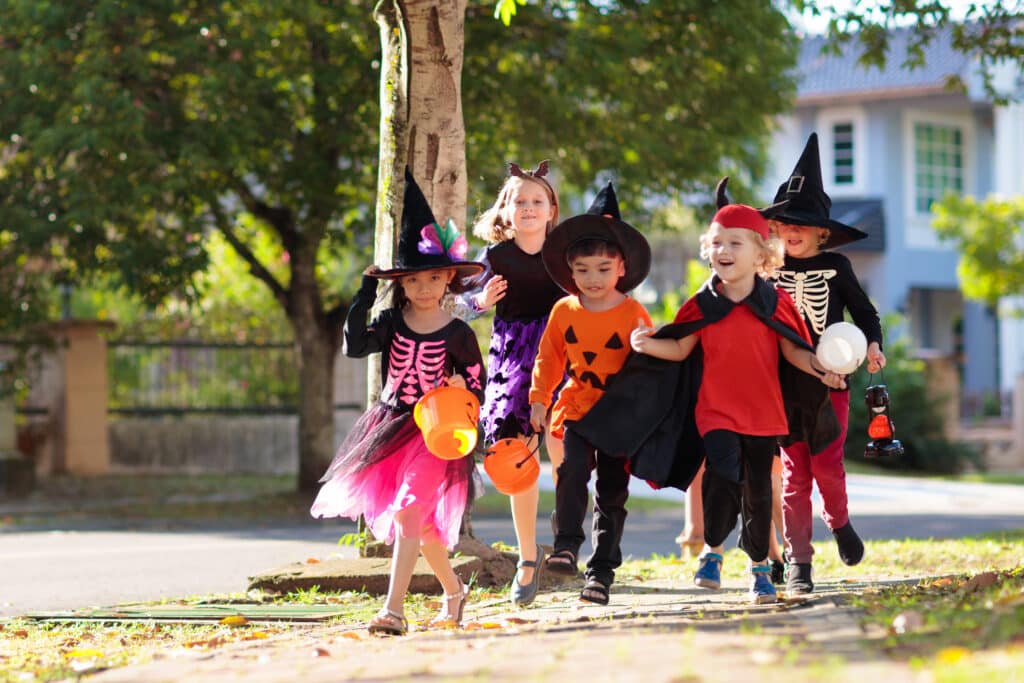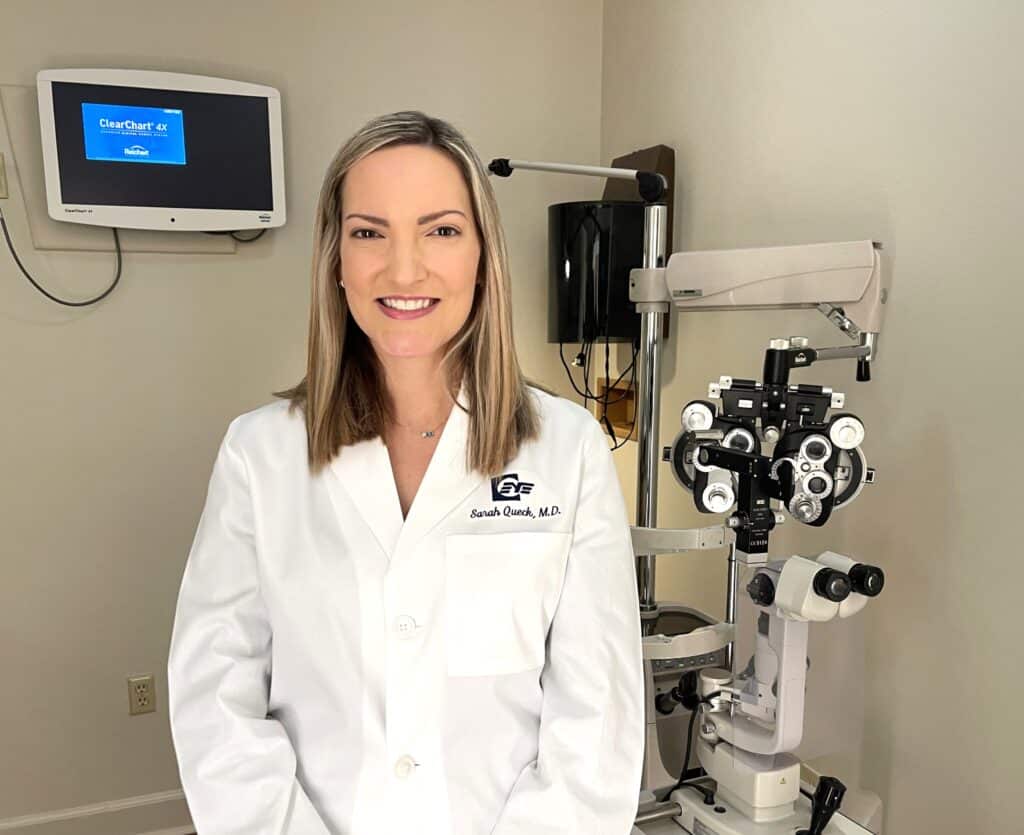Are Your Kid’s Eyes at Risk While Trick-or-Treating?

If you could measure popularity by dollars, Halloween rates high in enthusiasm. Consumers spend over $12 billion annually for the holiday: Although this pales in comparison to Christmas spending ($950 billion-plus), a billion times twelve isn’t chump change.
About a third of this spending is on costuming: turning your average seven-year-old into a princess, superhero, or monster for one magical night. But, of course, it’s all for fun and “profit” (candy!).
But the fun can abruptly end when a costume element causes injury or illness. The eyes are especially vulnerable when a mishap occurs.
Eye care providers often deal with the aftermath of these injuries, and doctors like Sarah Queck, ophthalmologist and eye surgeon for Hattiesburg Eye Clinic, would much prefer they not happen at all. Fortunately, with a little knowledge and common sense, most of these costume-related accidents could be prevented.
Here are 4 tips from Dr. Queck that could make Halloween safer for your family’s eyes.
Consider visibility while trick-or-treating. Because Halloween activities often happen at night, the low light conditions, along with wearing a costume prop or mask, can significantly reduce a person’s field of vision.

“You need both eyes for good depth perception,” says Dr. Queck, “A costume blocking even one eye could lead to falls. Plastic masks or hoods can also inhibit peripheral vision, increasing the risk for tripping or colliding into things.”
Dr. Queck recommends only wearing such parts while standing still or taking pictures, and then removing them while walking or driving.
Avoid retail contact lenses. Having “cat eyes” can certainly amp up a feline-themed costume. But Dr. Queck says a popular choice for achieving this and other looks could permanently impair your vision.
“Wearing costume, cosmetic, or decorative contact lenses can damage your eyes and even lead to blindness. A contact lens is essentially a medical device that must be fitted to each individual’s eye shape and prescription. Costume lenses, on the other hand, are ‘one size fits all’—actually meaning they won’t properly fit a majority of people.”
To avoid the possibility of corneal scratches, ulcers, infections, or other eye issues, Dr. Queck says you should only wear contacts prescribed by a doctor—even for a costume.
Use caution with cosmetics. The use of makeup has become a popular way of putting more sizzle in a Halloween look. There is, however, the possibility of eye and skin irritation with some cosmetics and applications.
“Costume makeup can contain substances that irritate the sensitive skin of the eyelids and around the eyes,” says Dr. Queck.
She recommends never applying products inside the lash line, or glitter close to the eye. Additionally, you should test products for allergic reactions by first applying them to a small patch of skin.
Reduce the risk of prop injury. A knight’s costume isn’t complete without a sword, nor a sorcerer without a wand. If you’re not careful, though, a sharp-edged prop, coupled with low light visibility and crowded spaces, could cause a poke in someone’s eye.
“It’s important to choose props without sharp or pointed ends, preferably made of foam or other soft material,” says Dr. Queck. “Shorter props are also much easier to control than longer ones.”
Following these recommendations can sharply reduce the risk of eye injury. Even so, if an accident or reaction does occur, Dr. Queck advises having the eyes checked by an eye doctor as soon as possible.
To learn more about vision care at Hattiesburg Eye Clinic, be sure to visit our website. To find out how Hattiesburg Eye Clinic can improve your vision health, call 601-268-5910 (or toll-free 800-624-8254) or schedule a consultation with us at www.hattiesburgeyeclinic.com/contact-us/
